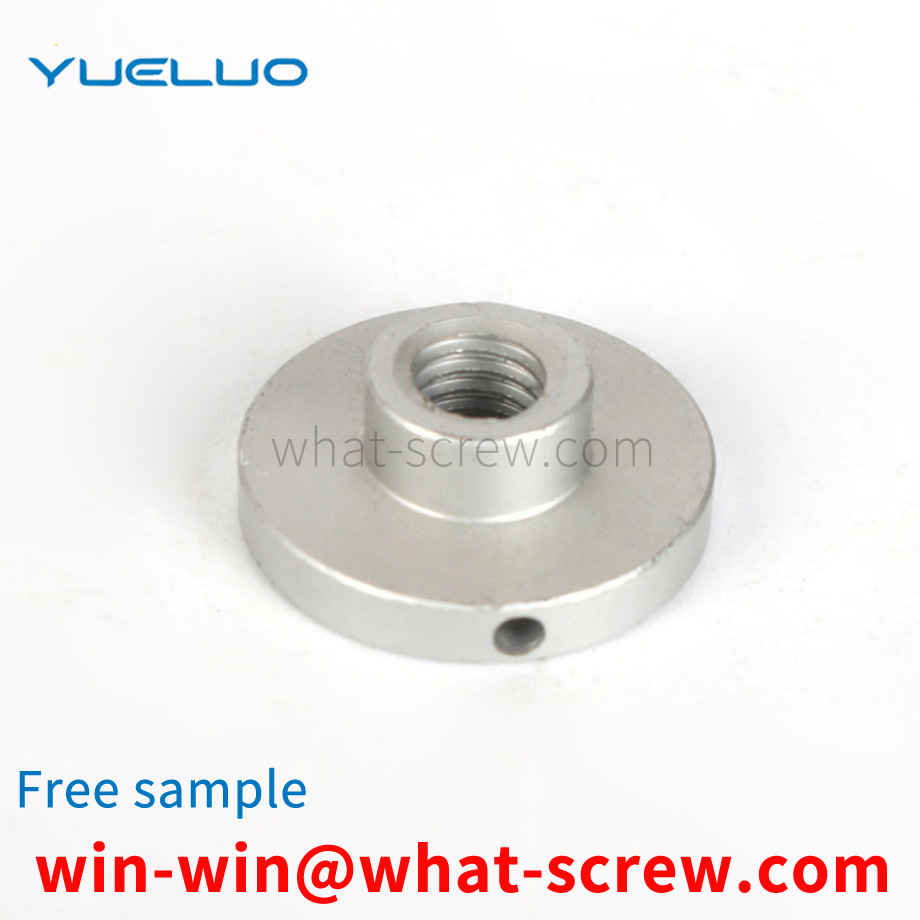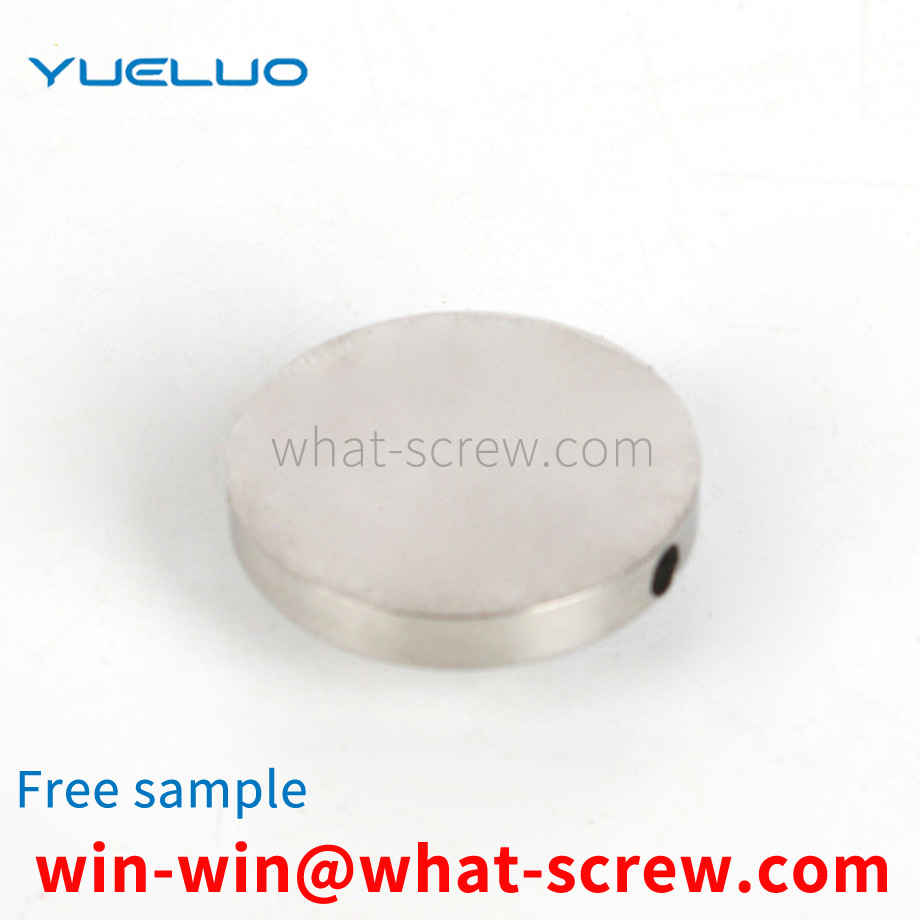Guangdong Yueluo Hardware Industry Co., Ltd. involves a low-carbon steel rivet nut fastened to thin-walled and thin-plate fasteners, especially suitable for machinery manufacturing, automobiles, trains, aerospace, aviation, shipbuilding, construction, petroleum, textile, Fastening connection of instruments, furniture, electrical appliances and other equipment.
The existing open-type blind rivets are widely used, usually composed of an iron rivet shell and an iron or stainless steel mandrel. During the riveting process, the open-type rivets are often unstable and biased due to the unsteady breaking force of the mandrel. When the foam is riveted, the nail head is directly pulled into the foam layer to damage the product structure. And there may be safety hazards such as scratching the operator during the installation process due to the exposed nail core. At the same time, due to the expansion of the rivet shell hole, the nail head will be loose inside.
In order to meet the needs of different assembled installation components, there are also hand-tightening methods for tightening the screws, but in actual use, ordinary manual screws can easily cause hand pain to the user, and the operation is extremely inconvenient; at the same time, due to tightening The contact area between the screw and the installation component is too small. If the user exerts too much force, the uneven force per unit area of the installation component will cause deformation and depression, which will affect the use. Therefore, a manual screw is proposed to solve the above problems.
The bolt thread is generally cold worked, so that the thread blank within a certain diameter range passes through the rubbing (rolling) wire plate (die), and the thread is formed by the pressure of the wire plate (rolling die). The plastic streamline of the threaded part is not cut off, the strength is increased, the precision is high, and the quality is uniform, so it is widely used. In order to make the outer diameter of the thread of the final product, the required thread blank diameter is different, because it is limited by factors such as thread accuracy and whether the material is coated or not. Rolling (rubbing) thread is a processing method that uses plastic deformation to form thread teeth. It uses a rolling (screwing plate) die with the same pitch and tooth shape as the thread to be processed, while extruding the cylindrical screw blank, while rotating the screw blank, and finally transferring the tooth shape on the rolling die to the On the screw blank, the thread is formed. The common point of rolling (rubbing) thread processing is that the number of rolling revolutions does not need to be too much. If it is too much, the efficiency will be low, and the surface of the thread teeth will easily cause separation or random buckle. On the contrary, if the number of revolutions is too small, the diameter of the thread is easy to be out of round, and the pressure at the initial stage of rolling increases abnormally, resulting in a shortening of the life of the die. Common defects of rolled threads: cracks or scratches on the surface of the thread part; random buckles; out of roundness of the thread part. If these defects occur in large numbers, they will be discovered during the processing stage. If the number of occurrences is small, the production process does not notice these defects and then circulates to users, causing trouble. Therefore, the key issues of processing conditions should be summarized, and these key factors should be controlled in the production process.
The motor bearing retaining ring is used to fix the axial position of the bearing. The structure of the bearing retaining ring 1 in the prior art is shown in FIG. 1 , which is a ring-shaped sheet-like structure with a gap, the inner diameter of which is smaller than the inner diameter of the connected bearing, and the outer side 11 of the ring is a continuous arc shape. The inner side of the ring is provided with a groove 12, 13 of the same size on both sides of the midpoint of the ring, and the width of the groove is equal to the distance from the groove to the gap of the ring. When the axial locking force (impact) of the bearing retaining ring of this structure is greater than 6.5N, serious deformation will occur or even the retaining ring will be separated from the shaft shoulder. In order to solve this problem, when the axial locking force is greater than 6.5N, the prior art generally adopts a two-ring combined structure of steel wire ring + bearing retaining ring, and its installation state is shown in Figure 2, as shown in Figure 2, l It is a bearing retaining ring in the prior art, 3 is a locking nut, 4 is a fan blade insert, 5 is a bearing, 6 is a shaft, and 7 is a wire ring. However, such a structure is costly and troublesome to assemble, especially if the bearing retaining ring is not placed in place during assembly, the bearing retaining ring is at risk of being crushed.
We have many years of experience in the production and sales of screws, nuts, flat washers, etc. The main products are: rear-mounted cage nut blocks, ring hook screws and nuts, extra long and extra-long socket head screws, spaced inner teeth and other products, we can provide products such as You have the right fastener solution for you.



















 Service Hotline
Service Hotline




